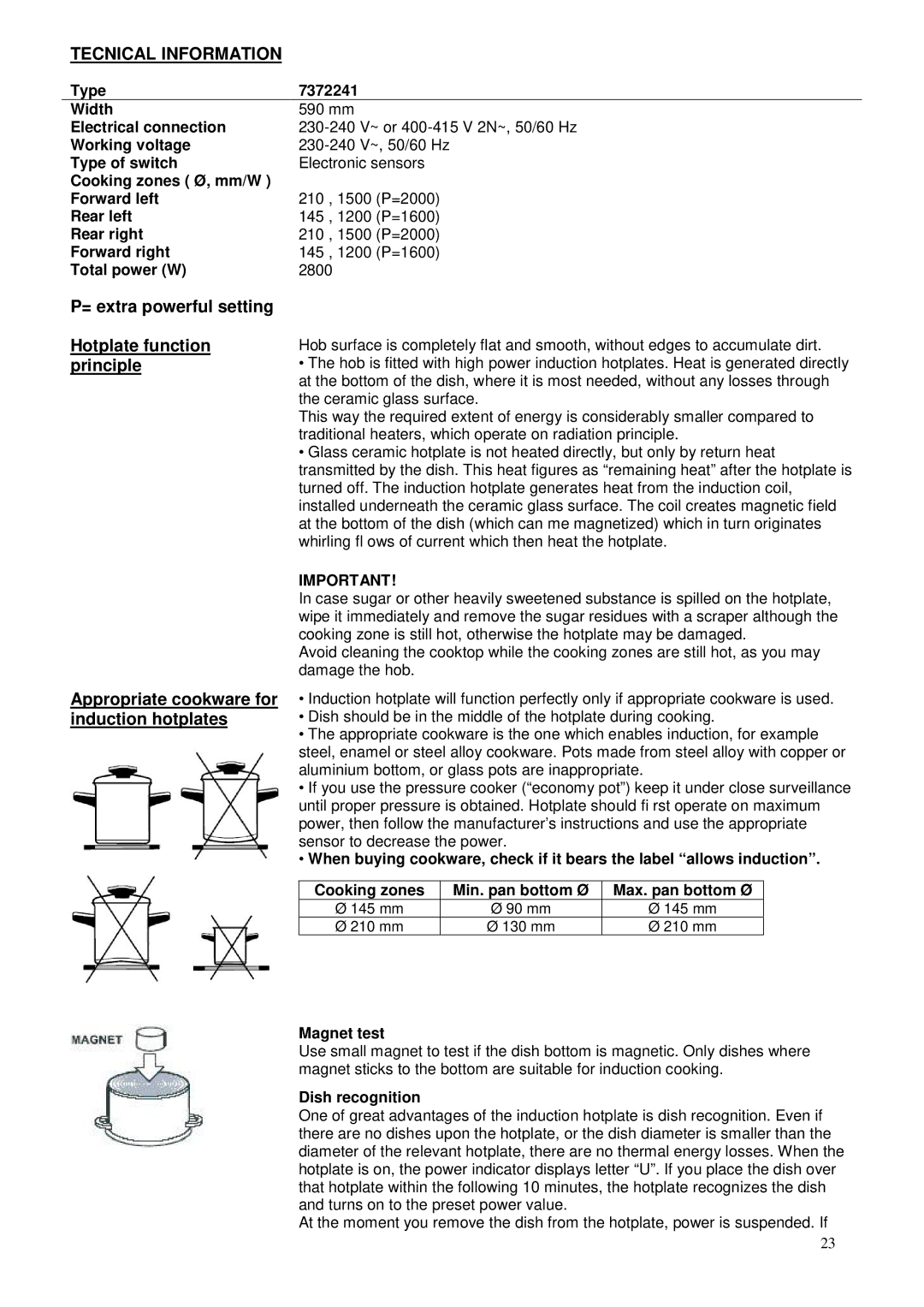7372 241 specifications
Foster 7372 241 is a cutting-edge solution in the realm of industrial equipment designed to revolutionize various operational processes. This model is tailored to meet the demands of modern industries through its array of advanced features and technologies.One of the standout attributes of the Foster 7372 241 is its robust construction. Built from high-quality materials, it ensures durability and longevity even in the most challenging environments. This resilience contributes to reduced maintenance costs and downtime, making it an economical choice for businesses focused on efficiency.
The operational efficiency of the Foster 7372 241 is amplified by its innovative power management system. This feature optimizes energy consumption, allowing users to achieve higher performance levels while minimizing energy costs. The equipment is equipped with smart sensors that monitor usage patterns and adjust operations accordingly, ensuring that resources are utilized efficiently.
A significant technological advancement in the Foster 7372 241 is its integration of IoT connectivity. This functionality enables real-time monitoring and data analysis, providing users with crucial insights into performance metrics. By leveraging this data, businesses can make informed decisions, troubleshoot issues promptly, and enhance overall productivity. The IoT capabilities foster seamless communication between devices, facilitating automated processes and remote control operations.
In terms of usability, the Foster 7372 241 features an intuitive interface that simplifies operation. With user-friendly controls and a clear display, operators can easily navigate through various functions, making the equipment accessible to both seasoned professionals and newcomers alike.
Safety is another primary consideration in the design of the Foster 7372 241. It comes equipped with multiple safety features such as emergency shut-off systems, safety guards, and user alerts to minimize risks during operation. This commitment to safety not only protects the workforce but also ensures compliance with industry regulations.
Another noteworthy characteristic of the Foster 7372 241 is its adaptability. The equipment can be customized to suit specific operational needs, allowing businesses across different sectors to tailor it to their workflows. This versatility makes it an attractive investment for companies looking to enhance productivity while maintaining flexibility in their processes.
In summary, the Foster 7372 241 embodies a fusion of durability, efficiency, smart technology, and user-oriented design, making it an invaluable asset in any industrial setting. Its features and capabilities position it as a leader in the industry, promising significant advancements in operational performance and reliability.

